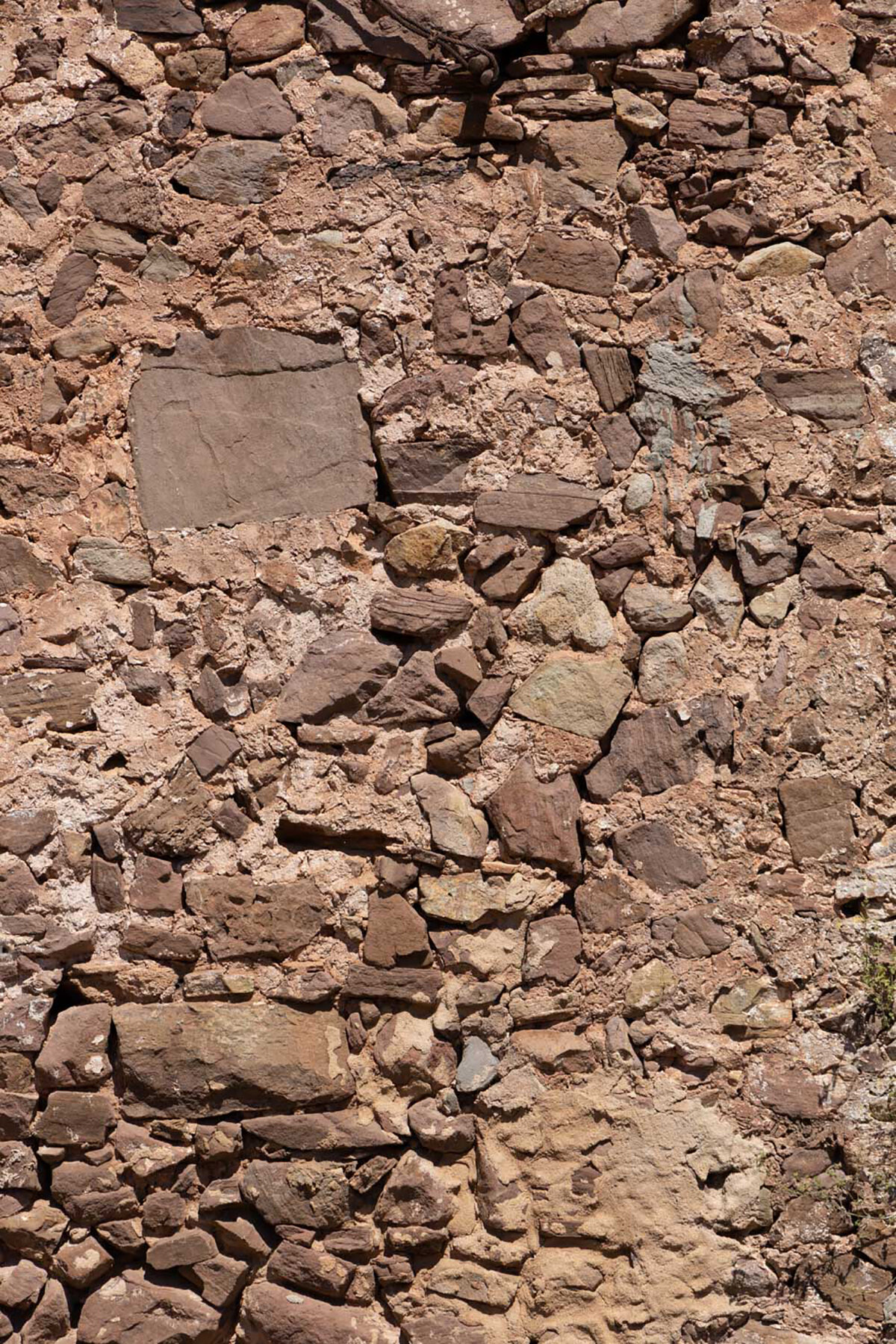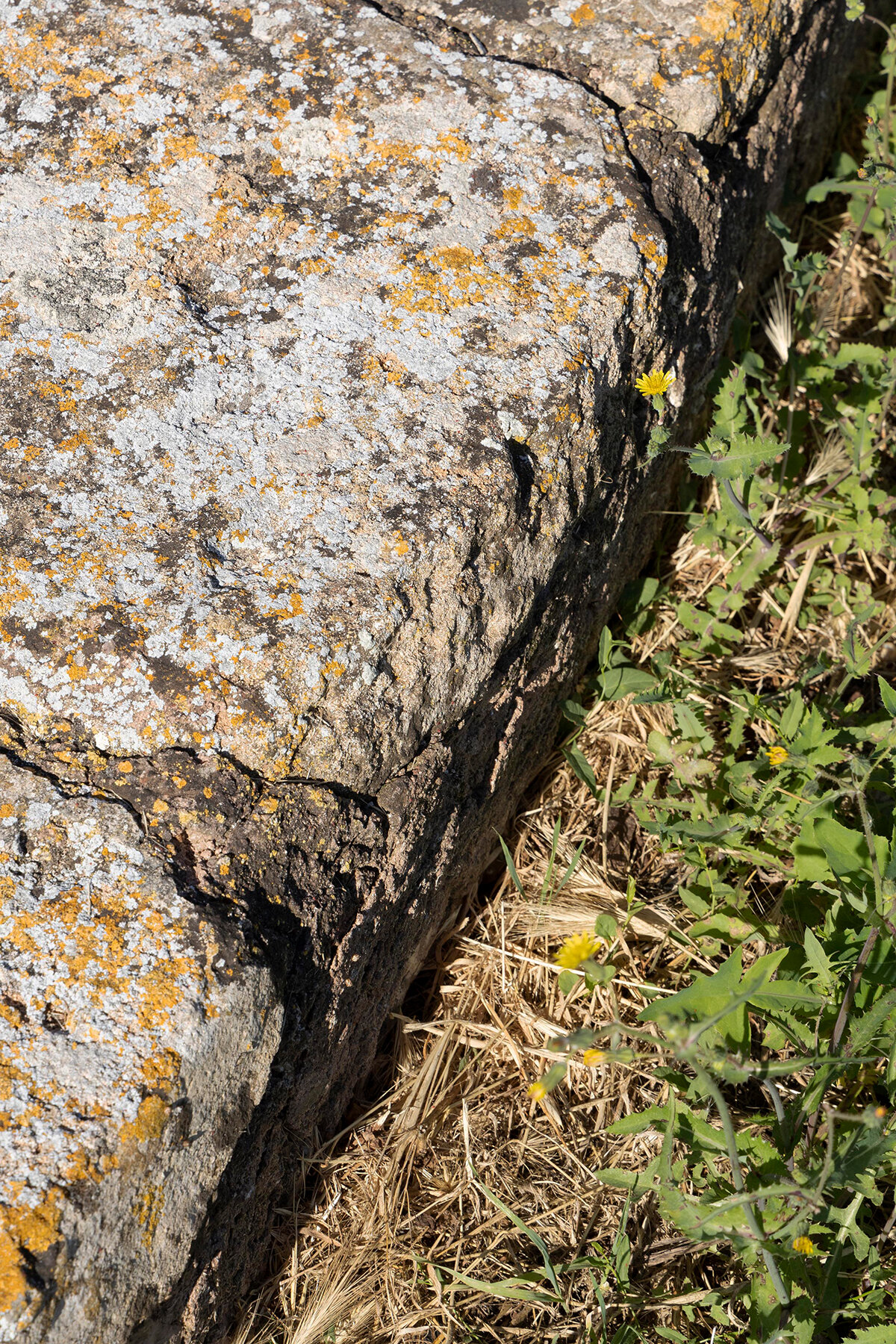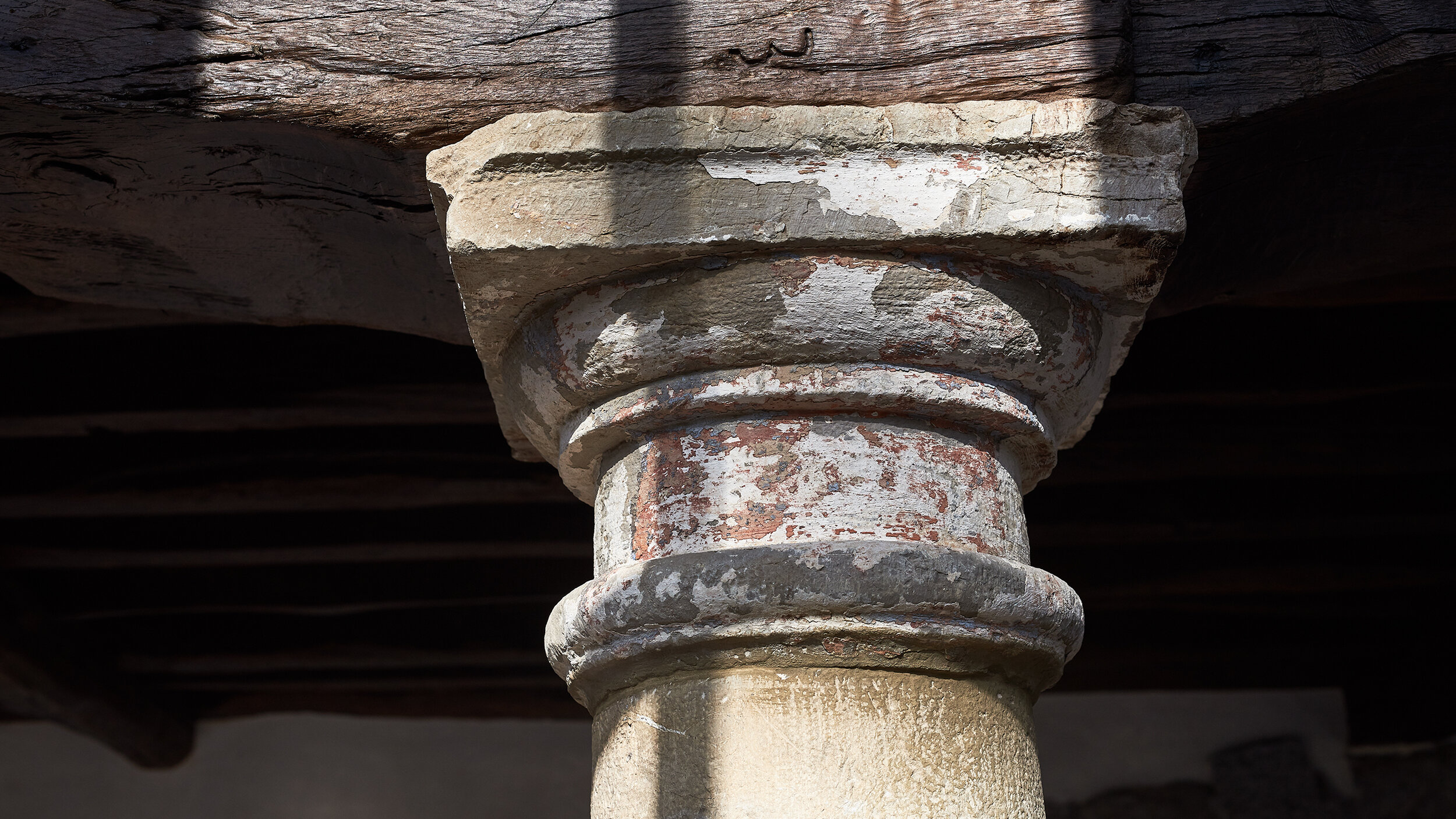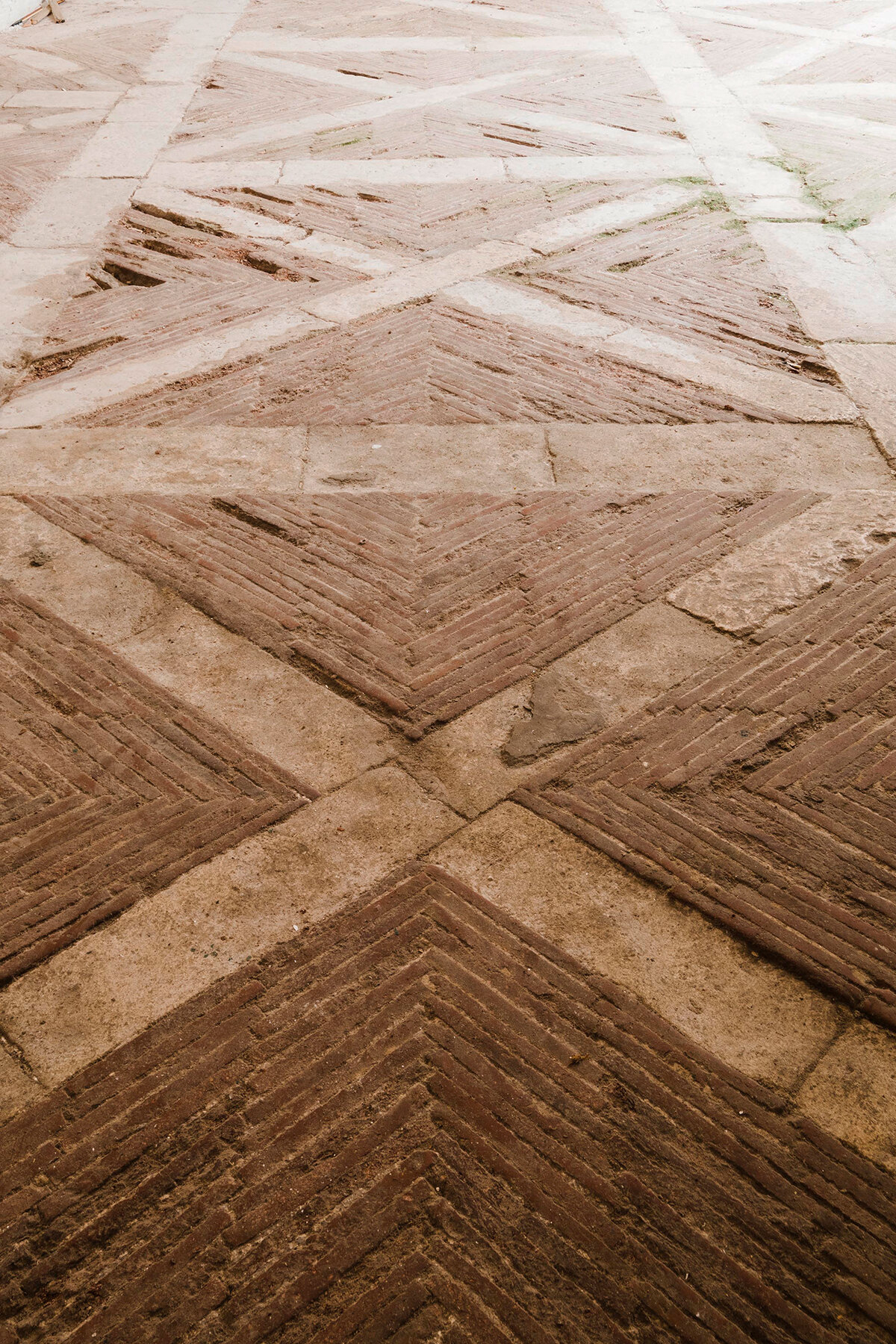Materiality
Binideufá, Ferrieres, Menorca.
Son Ermitá, Ferrieres, Menorca.
Santa Ana, Ciutadella, Menorca.
Materiality marks the architecture of each place. If we were to do the mental exercise of extracting a historical building from its context, in most cases we could guess its approximate location by analyzing its materials and construction techniques.
Torre del Ram, Ciutadella, Menorca.
In Mallorca and Menorca a type of sandstone rock is called “marés” very common in the terrain of both islands. In 1973, Jorn Utzon introduced “marés” into modernity with his house Can Lis in Porto Petro, but from Roman times to the 20th century with the appearance of cement, almost all the work carried out on the islands has been done in this material. It is an easily manipulated stone but vulnerable to erosion, which is why it has historically been protected with lime.
Palacio de Los Duques de Estrada, Llanes, Asturias.
Palacio del Marqués de Santa Cruz, Castropol, Asturias.
Palacio de Torres Donlebún, Barres, Asturias.
The factory walls and wooden structures blend with a vegetation that floods everything in the Asturian landscape. In this landscape today palm trees abound, which were planted in the gardens of the palaces that the “indianos” built when they returned from America as a symbol of victory.
Satrústegui, San Sebastián, País Vasco.
Palacio de Squella, Ciutadella, Menorca.
Palacio de Squella, Ciutadella, Menorca.
It is the non-structural materials (the forging of the railings, the marble of the chimneys, the brick of the floors, etc.) that infuse the differentiating character of each building.










